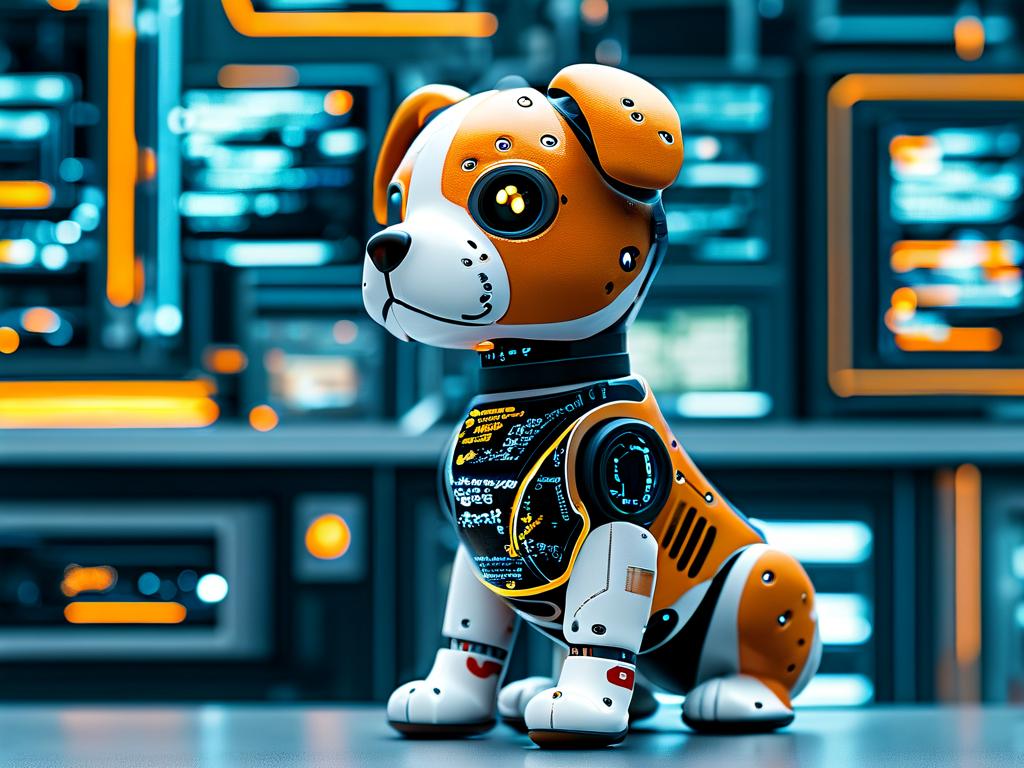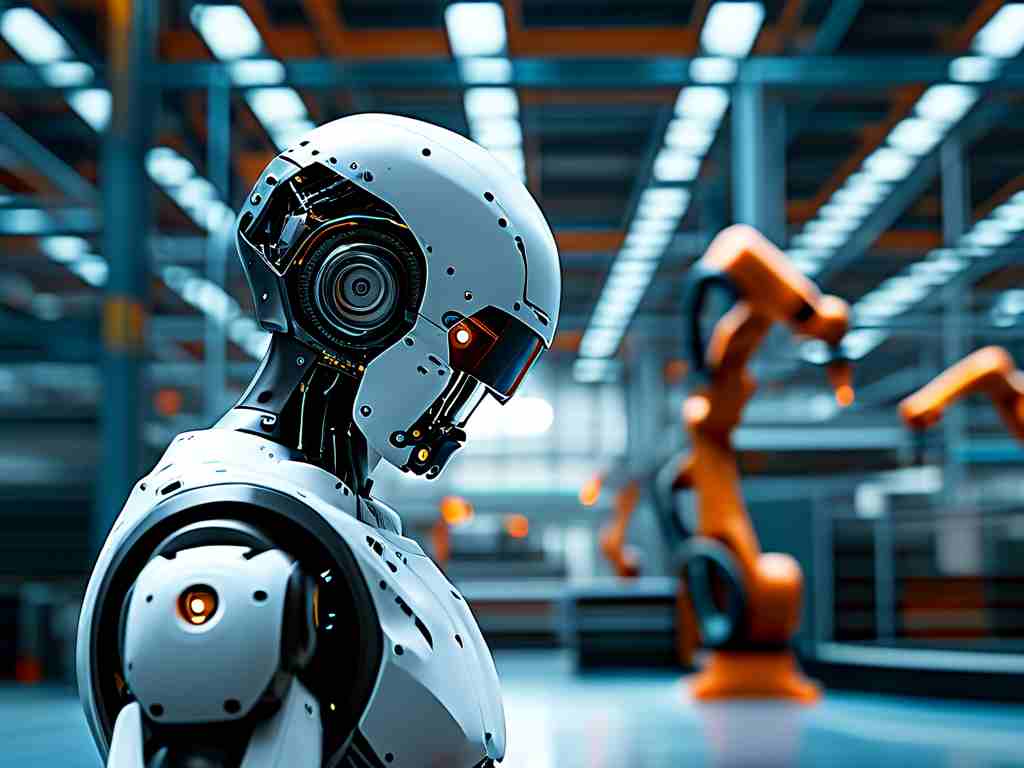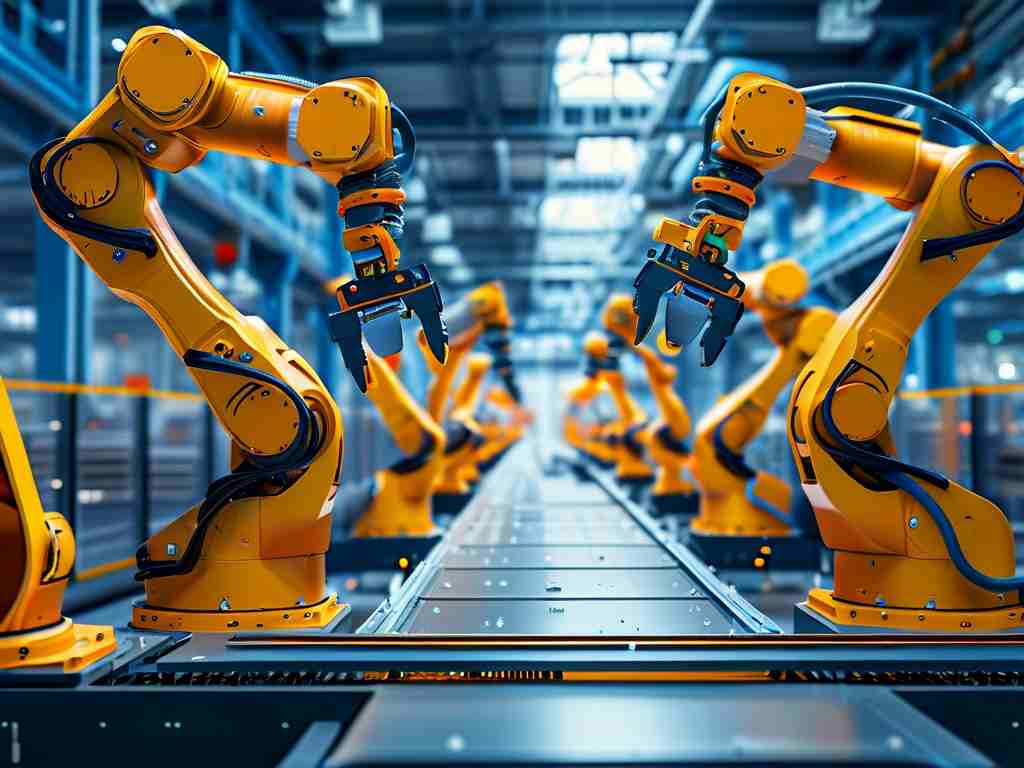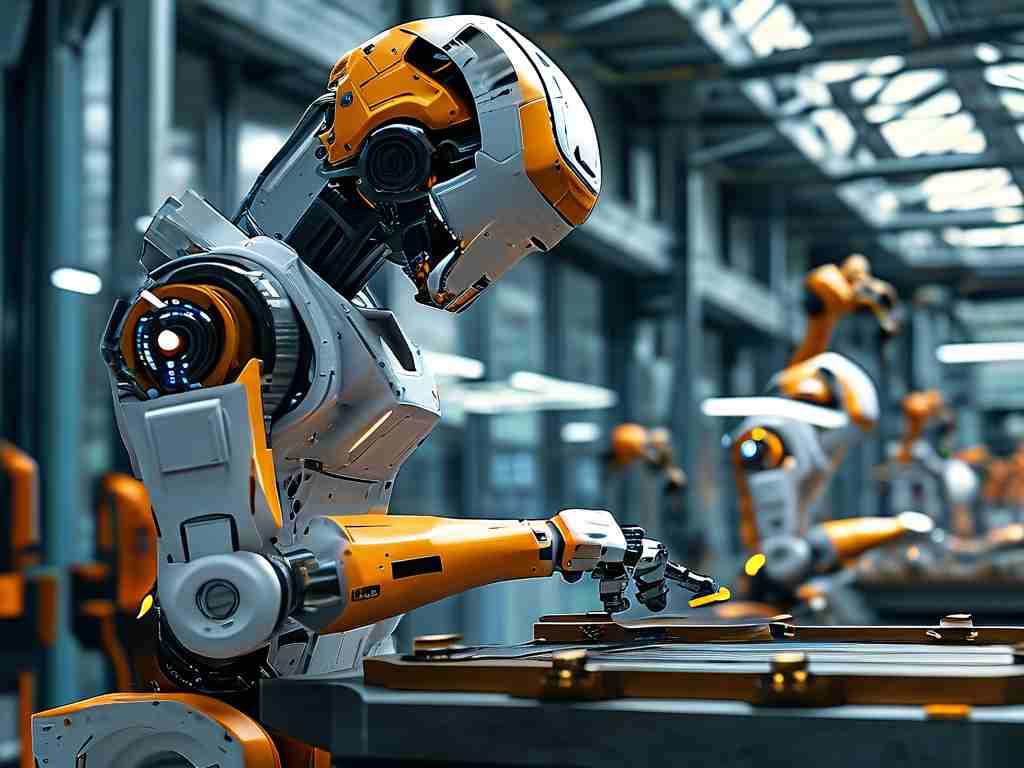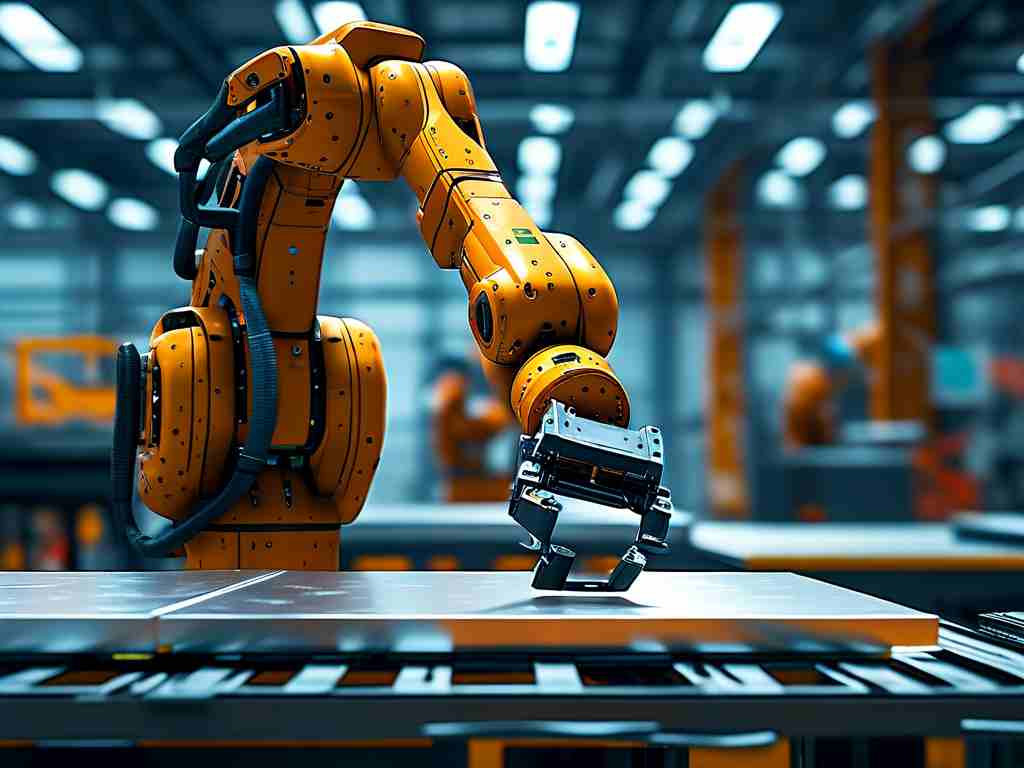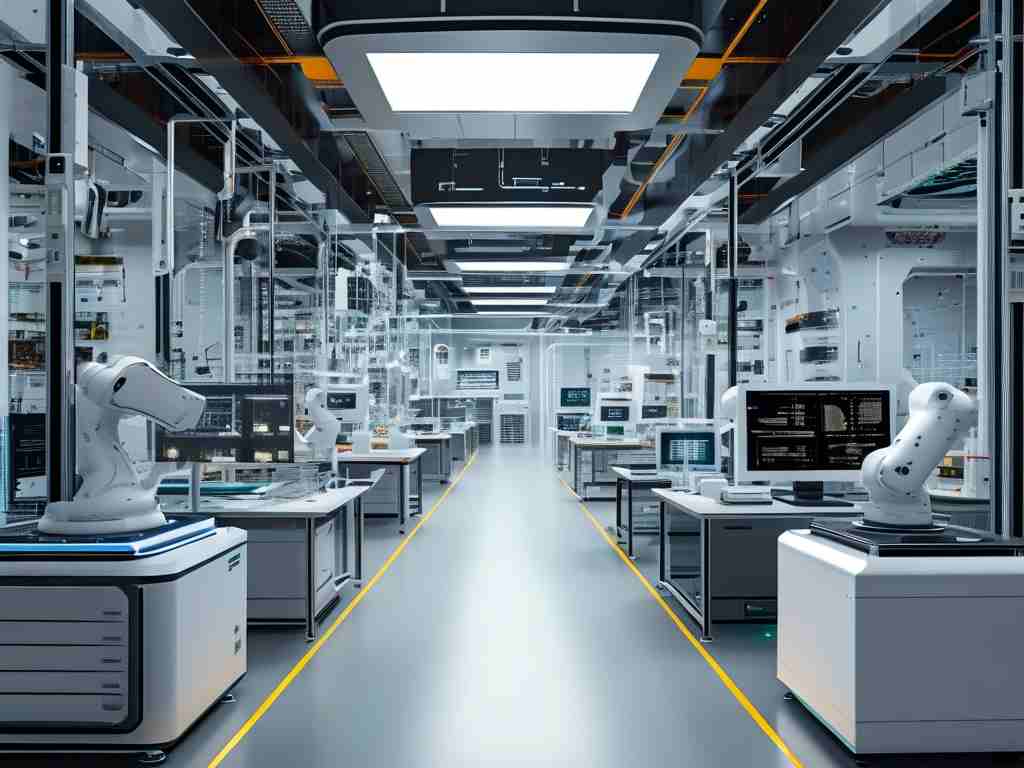In today's rapidly evolving industrial landscape, material handling robots have become indispensable for optimizing logistics, manufacturing, and warehouse operations. These robots rely on a blend of advanced technologies to perform tasks efficiently, safely, and autonomously. This article explores the key technologies driving modern material handling robots and their impact on industries.
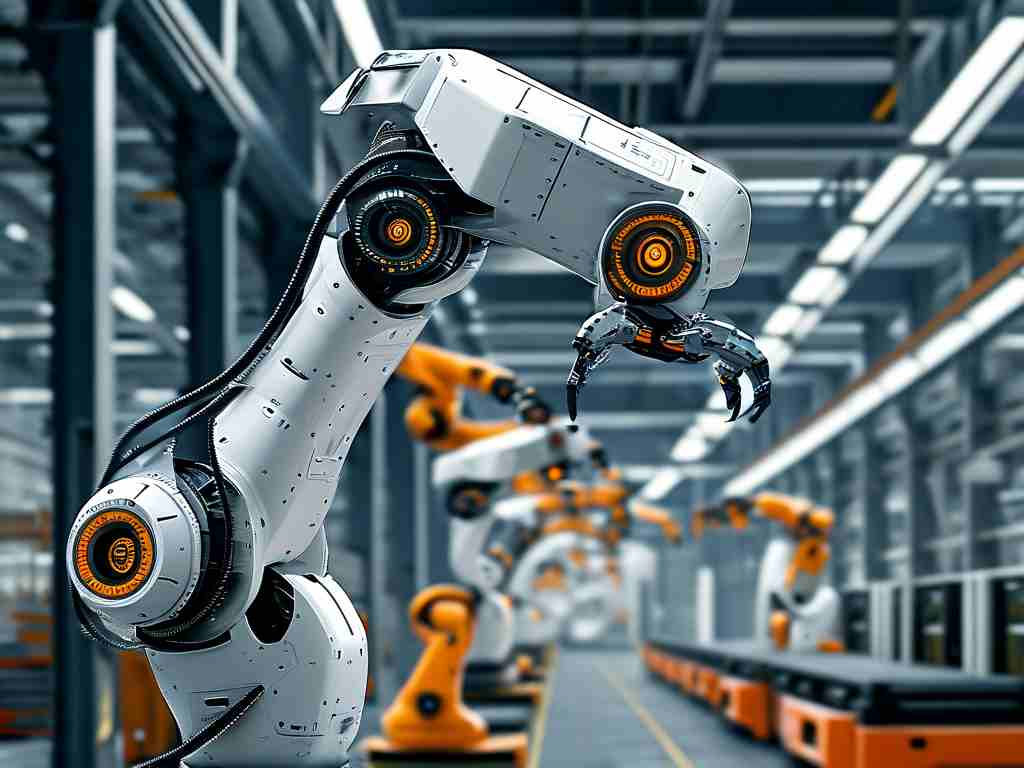
One foundational technology is simultaneous localization and mapping (SLAM). SLAM enables robots to navigate dynamically by creating real-time maps of unknown environments while tracking their position within those maps. For instance, autonomous mobile robots (AMRs) in warehouses use LiDAR sensors and SLAM algorithms to avoid obstacles and reroute paths without human intervention. Unlike traditional guided vehicles, SLAM-powered robots adapt to changing layouts, making them ideal for flexible production lines.
Another critical component is machine vision systems. Equipped with high-resolution cameras and deep learning models, these systems allow robots to identify objects, assess their orientation, and make precise adjustments during picking or placement. Companies like Amazon deploy vision-guided robots to sort packages with millimeter-level accuracy, even in cluttered environments. Advanced vision systems also enable quality control by detecting defects during material transfer, reducing waste in manufacturing.
Sensor fusion plays a pivotal role in enhancing robot reliability. By integrating data from infrared sensors, torque sensors, and inertial measurement units (IMUs), robots gain a comprehensive understanding of their surroundings. For example, collaborative robots (cobots) use force-torque sensors to safely handle fragile items alongside human workers. Sensor fusion also ensures stability in uneven terrains, such as construction sites, where robots transport heavy materials.
The backbone of these systems is edge computing and IoT connectivity. Real-time data processing at the edge minimizes latency, enabling instant decision-making. A case in point is Toyota’s smart factories, where robots communicate via 5G networks to synchronize tasks across assembly lines. IoT integration also facilitates predictive maintenance; sensors monitor motor performance and alert technicians before failures occur, minimizing downtime.
Energy efficiency is another focus area. Modern material handling robots often employ regenerative braking systems and lithium-ion batteries to extend operational hours. Swisslog’s PowerCube robots, for instance, recover kinetic energy during deceleration, reducing energy consumption by up to 20%. Such innovations align with sustainability goals while cutting operational costs.
Looking ahead, advancements in swarm robotics promise to revolutionize large-scale logistics. Researchers at MIT are developing algorithms that enable robot fleets to collaborate on complex tasks, like loading shipping containers, without centralized control. This decentralized approach improves scalability and fault tolerance, ensuring uninterrupted operations even if individual units malfunction.
In , material handling robots are a synergy of SLAM, machine vision, sensor fusion, edge computing, and energy-efficient designs. As these technologies mature, they will drive smarter, greener, and more adaptable automation solutions across industries—from e-commerce to automotive manufacturing. Organizations adopting these systems today position themselves at the forefront of the Fourth Industrial Revolution.


